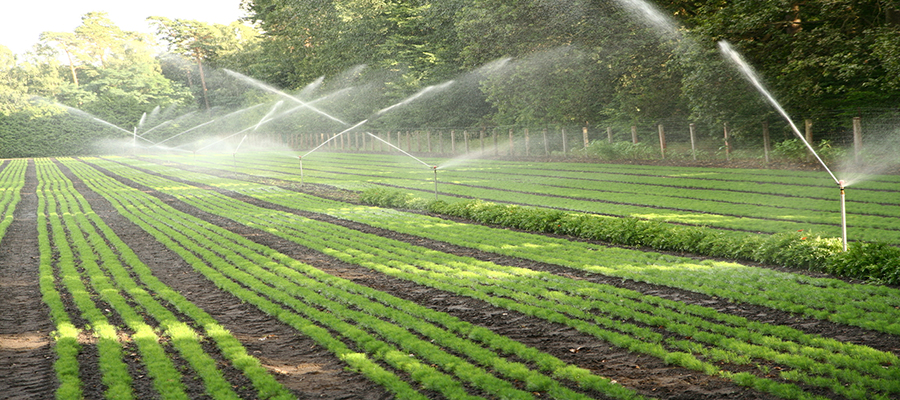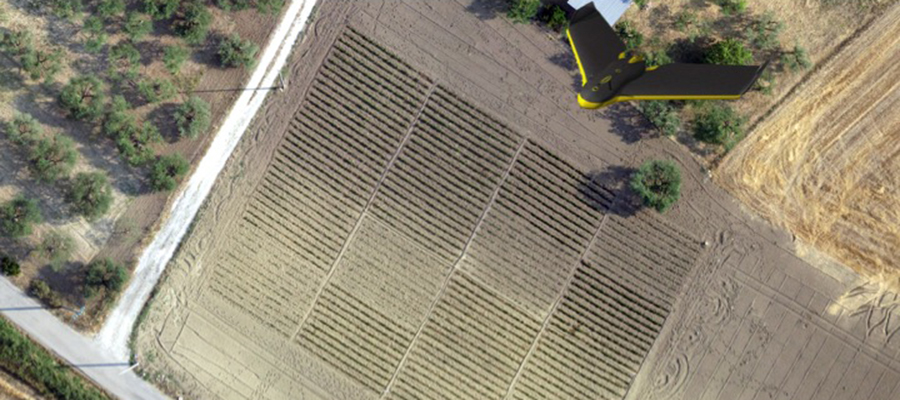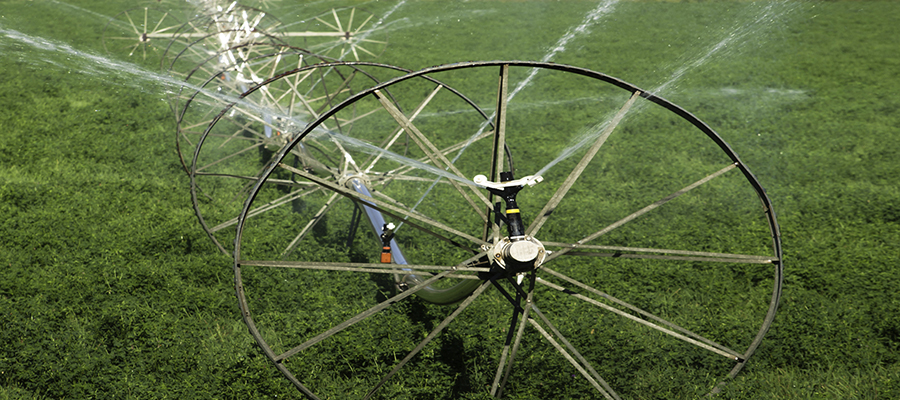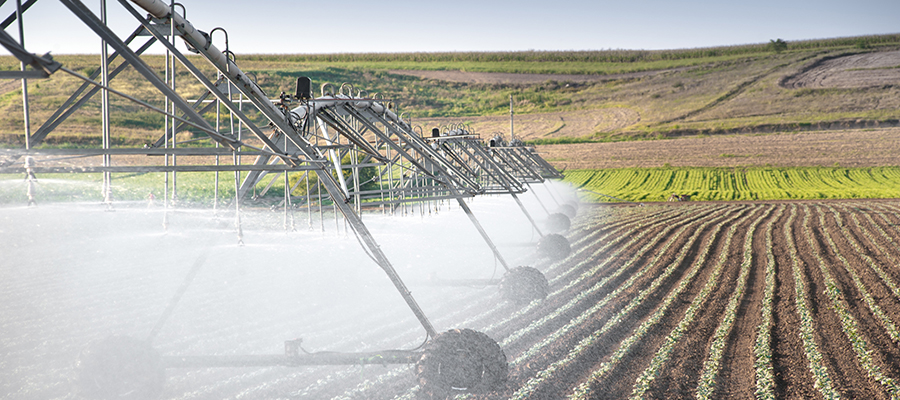X-ray micro-CT imaging has been applied successfully in food science and seed research due to its capacity to provide very small details of seed traits that are very complex to score. The micropyle and the tissues of the hilum region of bean seeds are recognized as structures which play an important role in hydration process. This latter influences, in turn, not only germination but also the cooking and industrial processing. Nevertheless, the role of each structure of the bean seeds is yet to be fully understood. Moreover such traits are never been quantified by using 3D imaging approaches.
In this work, seeds of four ancient Italian landraces of beans have been scanned by X-ray microCT with a twofold approach: bulk scans for whole seed imaging and single seed scans for internal traits measurements. Then water uptake tests have been performed. The different structures composing the hilum region of the beans have been imaged and characterized. The two-dimensional and the three-dimensional morphometric traits have been correlated with parameters of hydration models by Principal Component Analysis (PCA) and Pearson coefficients.
Micropyle groove area was the trait most influencing the very initial hydration rates while the hilum groove area was the best correlated with the overall infiltration behavior. The internal free space was the trait best correlated with the moisture at equilibrium. Moreover, strophiole shape resulted the most suitable internal trait for univocal identification of the four landraces.
Overall results give a contribution to the understanding of the role of hilum region structures in bean seeds hydration process and show novel morphological traits useful for identification of local bean landraces
Laura Gargiulo, Giuseppe Sorrentino, Giacomo Mele
1. Introduction
Common beans (Phaseolus vulgaris L.) are one of the most important source of human dietary protein (Kotue et al., 2018). Most of their production volumes comes from landraces cultivated in traditional farming systems (Chávez-Servia et al., 2016) and represents local specialties with great economical potential (Veteläinen, 2009). Taste, high nutritional value, thin coat, short cooking time and good yield are among the most appreciated quality characteristics for such products (Piergiovanni & Lioi, 2010). Phenotyping based on seed image analysis is increasingly used as less expensive approach than molecular one in order to trace and authenticate bean landraces (e.g., Lo Bianco, Grillo, Cremonini, Sarigu, & Venora, 2015). Hydration behavior also contributes to define the overall quality of the bean landraces as the hydration process of pulses is a crucial step before cooking, germination, extraction, malting and fermenting (Miano & Augusto, 2018).
The hydration of grains before cooking helps to soften the bean structure, reduces the cooking time (Martínez-Manrique et al., 2011), enhances the heat transfer through the grain and improves the inactivation of anti-nutritional factors as tannins, phytic acid and oligosaccharides (Khattab & Arntfiel, 2009).
The contribution of different parts of the bean to the hydration process has been evaluated by alternatively covering (waterproofing) seed coat or hilum (Miano, Pereira, Castanha, Júnior, & Augusto, 2016) and by using MRI (Kikuchi, Koizumi, Ishida, & Kano, 2006), which allows to observe the hydration pathway during the soaking. Strophiole (Kikuchi et al., 2006), hilum and micropyle have been recognized as main initial entry points for water (Miano et al., 2016, Mikac et al., 2015, Agbo et al., 1987), being the seed coat completely or partially impermeable, initially.
However, the hydration is a complex process involving all intrinsic physical characteristics of legume grains. Indeed, different aspects of hydration have been studied, such as characterizing different kinetics behavior and looking for innovative technologies to accelerate it.
Despite that, more studies need to be conducted to fully understand the role of each bean structure in the water uptaking behavior (Miano & Augusto, 2018), as well as the correlation between the grain structures and hydration characteristics (hydration rate, equilibrium moisture content and lag phase time). Until now only the scanning electron microscopy (SEM) has been used for the observation of these seed structures (Miano, Saldaña, Campestrini, Chiorato, & Augusto, 2018) and highlighted the genotypic variability of their characteristics (Berrios et al., 1998, Agbo et al., 1987).
Nowadays X-ray microCT is successfully used in food science and seed research (Gargiulo et al., 2019, Gomes and Van Duijn, 2017, Schoeman et al., 2016, Guelpa et al., 2016, Gustin et al., 2013), because such technique allows to non-destructively and non-invasively visualize and characterize external and internal microstructure of small objects in three dimensions. However, to the best of our knowledge, morphometric characteristics of beans and, in particular, the structures of the hilum region have never been quantified by X-ray microCT imaging.
In this work X-ray microCT and image analysis procedures were performed for 3D morphometric characterization of four Italian bean landraces and their hilum region parts. Then bean hydration curves have been achieved. The aim was to correlate two dimensional and three-dimensional morphometry data of the grain structures with the parameters of the hydration model.
ARTICOLO IN PDF








